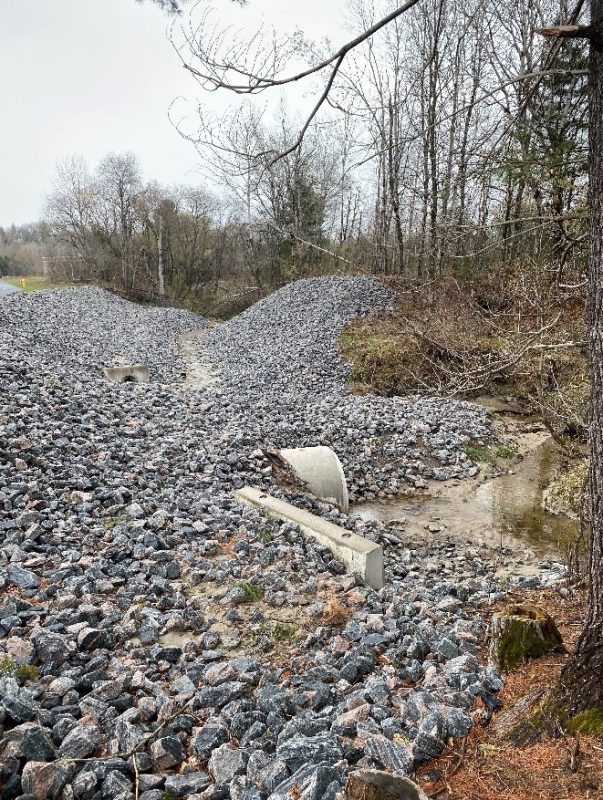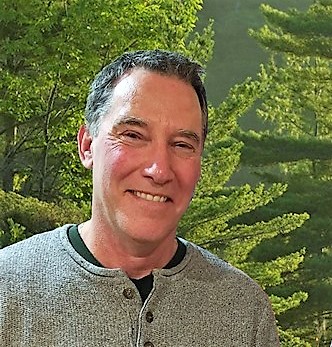Water quantity is only one aspect of Muskoka’s relationship with water.
By Kevin Trimble.

We have a bad relationship with water. We have so much of it in this part of the world that we don’t understand or respect what it does for us. Instead, we try to control it so that we’ll have enough, but not too much when it becomes inconvenient.
When I was growing up in southern Ontario, urban areas dealt with eroding creeks by lining them with concrete. In fact, they were eroding because of this urban development in the first place. As we concentrated flows into these smooth, straight channels, we took away the ability of water to spend its energy meandering across the landscape, moving rocks and spreading out in floodplains. The water’s energy became focused in these channels, creating bigger, much more expensive problems to manage further downstream.
Early in my career as an ecologist in the land development industry, the mantra I heard was “get that water outta here”. Stormwater was drained straight to concrete lined channels. Low spots that collected water, wetlands and floodplains were filled in. Whole creeks were buried. Ditches were considered a waste of land and were replaced by curb and gutter systems. It wasn’t until the late 1980s that we started thinking about slowing water down to take energy, fine sediment and contaminants out of it with stormwater management and natural channels. Since then, we’ve been trying to improve but we still think we can manage water, rather than live with it.
In cottage country we expect our lakes and rivers to stay within convenient ranges of water levels so roads don’t flood, sewers don’t back up and our docks are neither submerged, nor too far out of the water. When a flood comes, the outcry is “they have to do something about all this water!”. We can attempt to manage water by filling or moving features, narrowing stream corridors, controlling water levels and installing culverts, but that only moves the problem.
Water quantity is only one aspect of our relationship with water. As water moves through our watersheds, it shapes the land by transporting rocks and sediment. When water is slowed down or held in depressions, wetlands and lakes, it contributes to baseflows, groundwater systems and a diversity of life. It also stores and uses energy, sediments and nutrients, influences regional water cycles and air quality, stores carbon dioxide and builds soil. These are part of a vast array of interconnected processes that we depend on. Many have evolved with seasonal cycles of water movement, constantly changing in balance with each other. These attributes build resilience into our watershed, helping it respond to stresses, including climate change which is generating increasingly erratic weather with floods, droughts and wildfires. Our water quality, recreational values and livelihoods are all dependent on this balanced relationship.
Relationships with friends and relatives can be short-lived when we don’t consider their needs. The same is true with water. Our local contributions to climate change have already increased the frequency of extreme floods, which we now have to find ways to live with. We need to think more about what water needs and less about trying unsuccessfully to control it. We need to pay attention to the increasing number of ways to slow water down, protect its vital functions, and to accept and live with some of the inconveniences we’ve created.

This is the latest in our summer series of articles from the Muskoka Watershed Council on “Living in A Changing Watershed” published on MuskokaRegion.com. Each explores a common theme of integration and relationships – how we cannot thrive without understanding how ecological forces, including human actions, shape the world we live in. This week’s contributor is Kevin Trimble, a retired ecologist who is Director and a former Chair of MWC.
